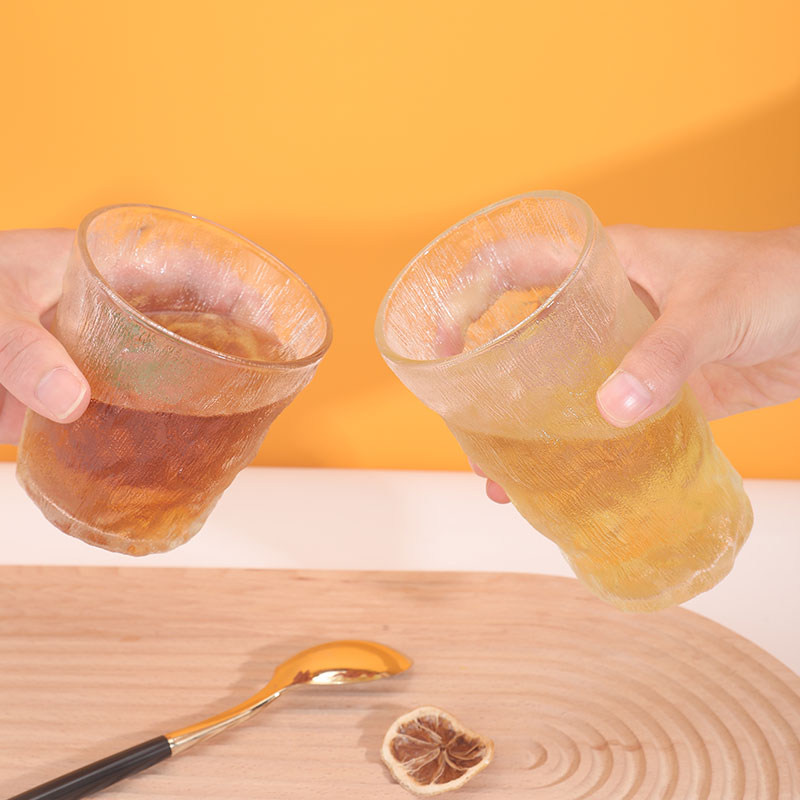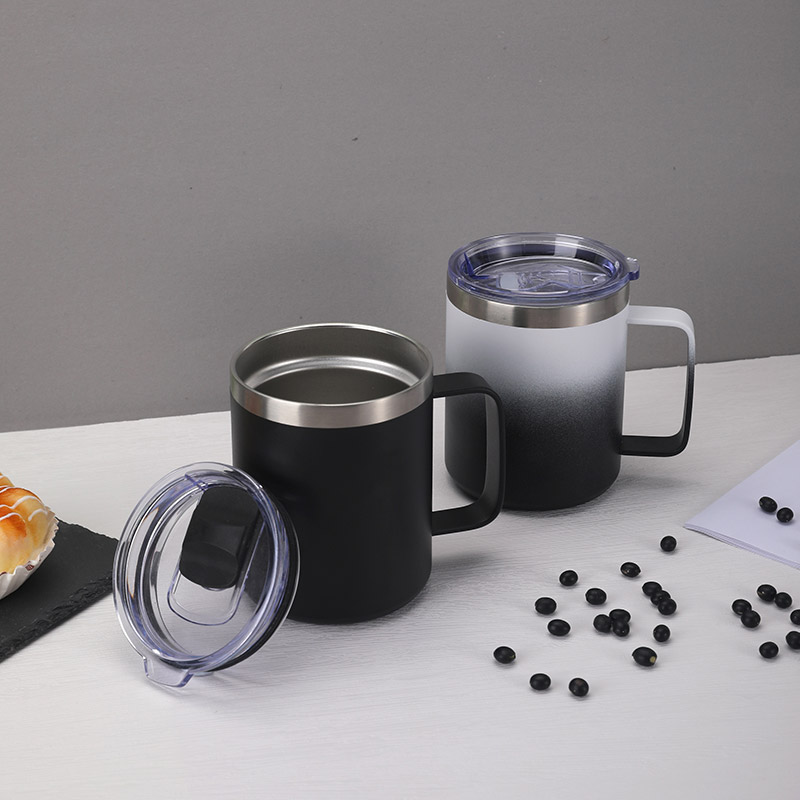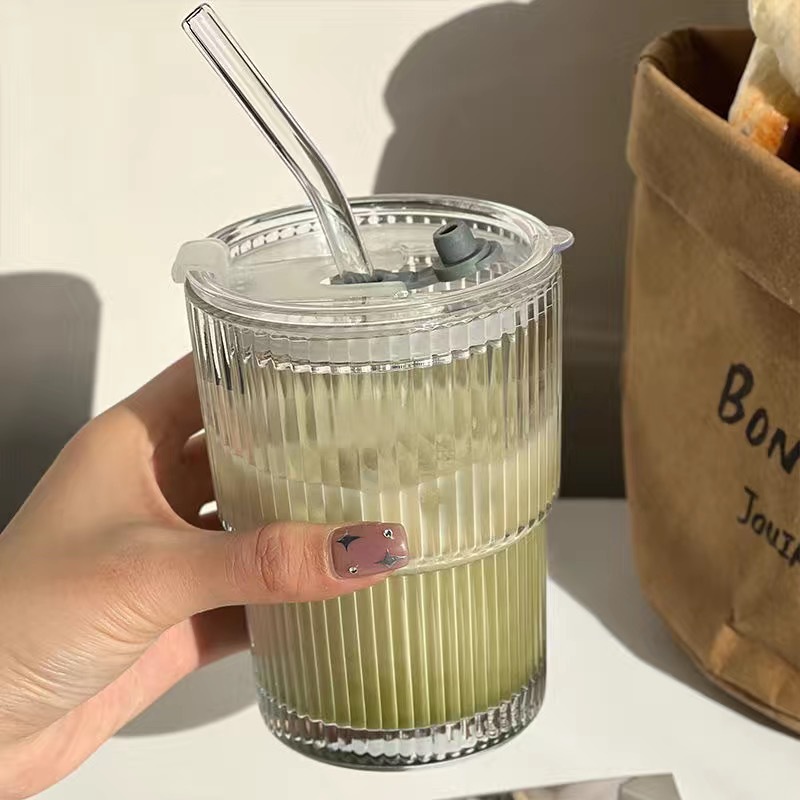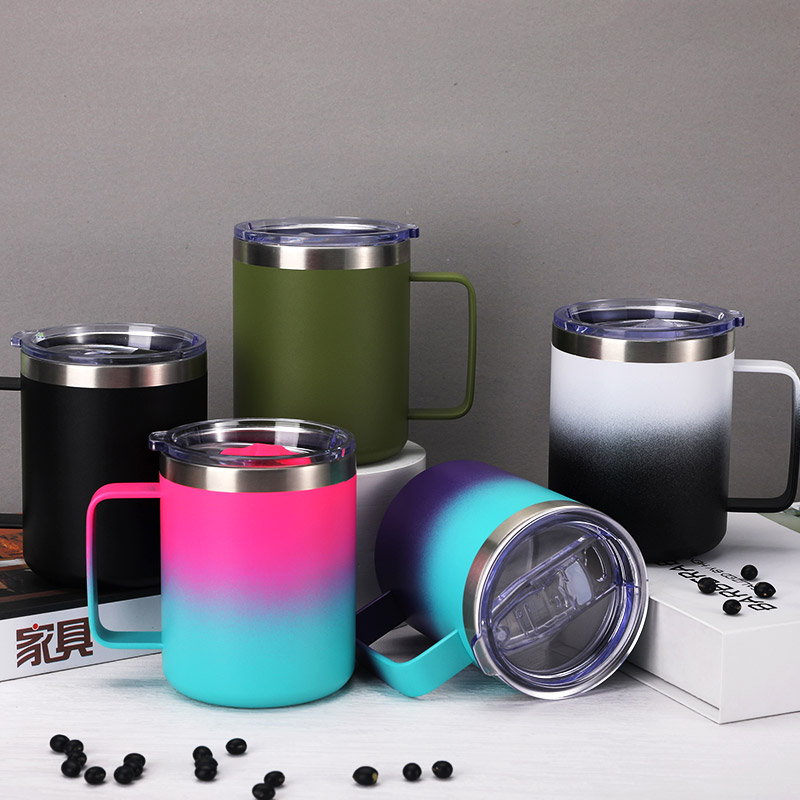Introduction
In today’s fast-paced world, the convenience of reheating beverages in the microwave is a common practice. However, when it comes to coffee cups, it is essential to consider their microwave safety. While some coffee cups can be safely used in the microwave, others may not withstand the heat or may pose a risk of damage or injury. In this essay, we will explore the factors to consider when determining whether a coffee cup is microwave safe and provide guidelines to ensure safe usage.

Material Considerations
The material of the coffee cup is the primary factor in determining its microwave safety. Different materials have varying heat resistance and may react differently when exposed to microwave radiation. Here are some common materials used in coffee cups and their microwave compatibility:a. Ceramic and Porcelain: Most ceramic and porcelain coffee cups are microwave safe. These materials are known for their ability to distribute heat evenly and withstand the heat generated by microwave ovens. However, it is important to check the manufacturer’s instructions, as some ceramic or porcelain cups may have decorative elements or metallic accents that are not microwave safe.b. Glass: Glass coffee cups are generally microwave safe. Glass is a non-reactive material that can withstand the heat of the microwave without releasing any harmful substances. However, it is important to ensure that the glass is free from cracks, chips, or other damage that could compromise its safety.c. Paper and Disposable Cups: Paper and disposable coffee cups are not microwave safe. These cups are typically lined with a thin layer of plastic or wax to prevent leakage, and these linings can melt or release harmful chemicals when exposed to heat. It is best to transfer the coffee to a microwave-safe container before reheating.d. Plastic: Microwave safety of plastic coffee cups varies depending on the type of plastic used. Some plastics are labeled as microwave safe and can withstand the heat without melting or releasing harmful substances. Look for microwave-safe symbols or labels on the cup or packaging. However, it is generally recommended to avoid using plastic cups in the microwave, especially if they are not explicitly labeled as microwave safe, as some plastics can leach chemicals into the beverage when heated.
Manufacturer’s Instructions
To determine whether a coffee cup is microwave safe, it is crucial to refer to the manufacturer’s instructions. The manufacturer understands the specific materials and construction of the coffee cup and can provide accurate guidance on its microwave compatibility. Look for any labels, symbols, or instructions on the cup or packaging that indicate whether it is safe for microwave use. If in doubt, reach out to the manufacturer directly for clarification.

Metal and Metallic Accents
Coffee cups with metal or metallic accents are generally not microwave safe. Metal can cause sparks or arcing in the microwave, posing a fire hazard and potentially damaging the microwave oven. Avoid using coffee cups with metal handles, rims, or decorative elements in the microwave. If your coffee cup has metallic accents, it is best to transfer the coffee to a microwave-safe container before reheating.
Heat Distribution and Hotspots
Coffee cups made of certain materials, such as ceramic or glass, distribute heat evenly when heated in the microwave. This helps to prevent hotspots and ensures that the coffee is heated uniformly. However, it is still important to exercise caution when removing the coffee cup from the microwave, as the contents can become very hot. Use oven mitts or a towel to handle the cup and allow it to cool before drinking.
Temperature and Time Considerations
When reheating coffee in the microwave, it is important to use appropriate temperature and time settings. Start with shorter time intervals and gradually increase if needed, as overheating can cause the coffee to boil over or become scalding hot. Stir the coffee after heating to ensure even distribution of heat. Be cautious when removing the cup from the microwave, as steam can escape and cause burns.
Cleaning and Maintenance
Regular cleaning and maintenance of the coffee cup are essential for microwave safety. Ensure that the cup is free from any food residues, oils, or stains before placing it in the microwave. These residues can overheat and cause the cup to become excessively hot or create a fire hazard. Clean the coffee cup according to the manufacturer’s instructions to maintain its microwave safety and prolong its lifespan.
Alternative Microwave-Safe Containers
If you are unsure about the microwave safety of your coffee cup or if it is not labeled as microwave safe, it is best to transfer the coffee to a microwave-safe container before reheating. Look for containers made of glass, ceramic, or microwave-safe plastics that are explicitly labeled as microwave safe. These containers are designed to withstand the heat generated by microwave ovens and ensure safe reheating of beverages.

Conclusion
In conclusion, the microwave safety of a coffee cup depends on its material, manufacturer’s instructions, and the presence of any metal or metallic accents. Ceramic, porcelain, and glass coffee cups are generally microwave safe, while paper, disposable cups, and some plastics should be avoided. It is crucial to check the manufacturer’s instructions and any labels or symbols on the cup to determine its microwave compatibility. If in doubt, transfer the coffee to a microwave-safe container before reheating. By considering these factors and following the guidelines for safe usage, individuals can enjoy the convenience of reheating their coffee in the microwave without compromising safety.

